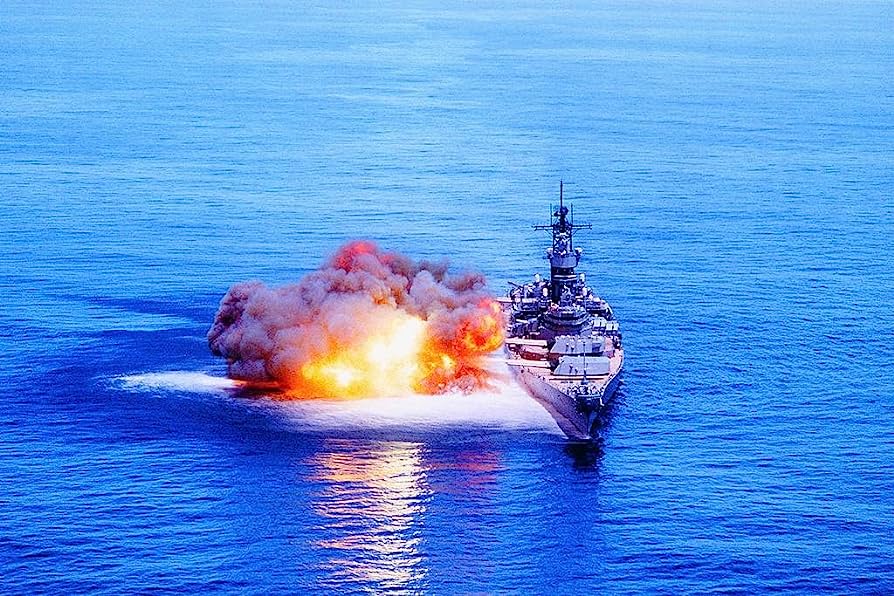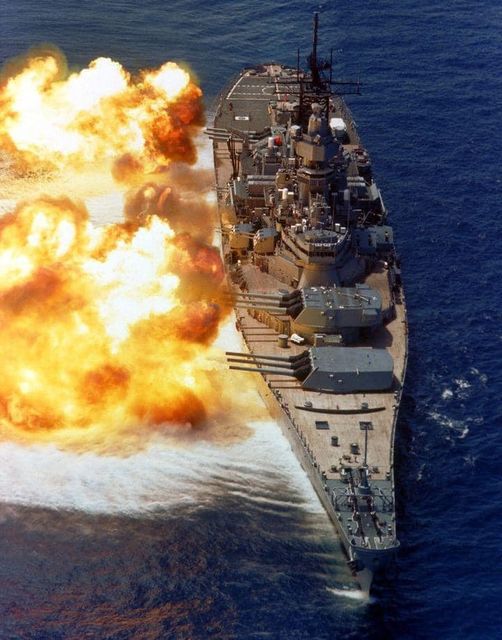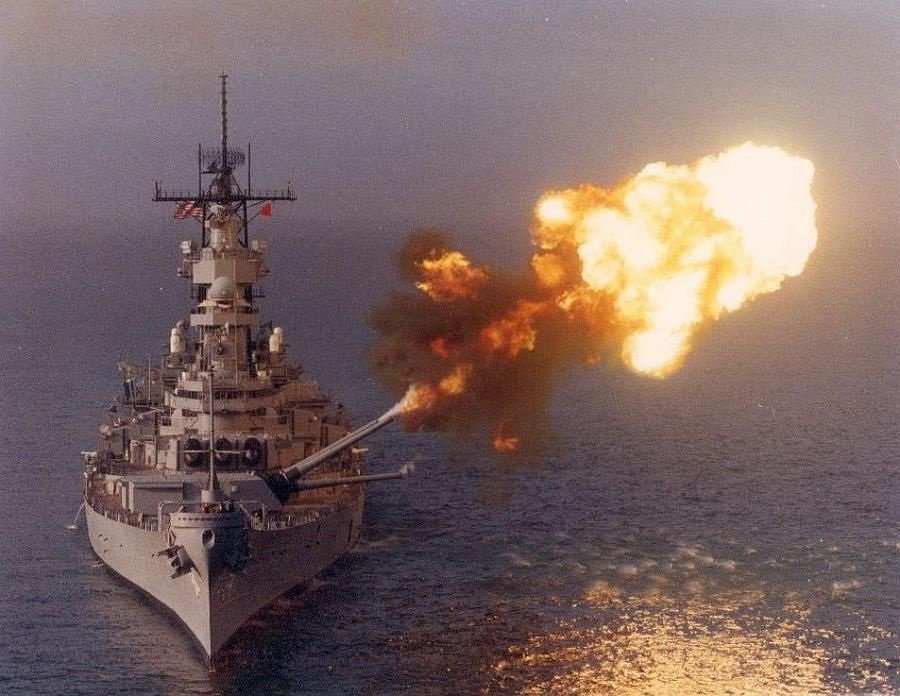US Navy Ships Are Too Small To Defend Themselves Says New US Congress Report
A recent report from the US Congress titled “Navy Lasers, Railgun, and Gun-Launched Guided Projectiles” highlights the limitations faced by Navy surface ships in defending themselves against UAVs and anti-ship missiles. The two key issues identified are the limited depth of magazine and unfavorable cost exchange ratios.
The term “limited depth of magazine” refers to the fact that Navy surface ships have a finite number of surface-to-air missiles (SAMs) and Close-in Weapon System (CIWS) Gatling guns to engage enemy UAVs and anti-ship missiles. Once these ammunition stocks are depleted, a ship may need to withdraw from battle and travel to a safe reloading location, which can be hundreds of miles away, to rendezvous with an ammunition ship. This limitation could prevent Navy ships from adequately defending themselves against adversaries equipped with large numbers of UAVs and anti-ship missiles, such as China.
In addition to the space constraint for carrying more ammunition, modern ship defense systems are costly. Navy air-defense missiles can range from several hundred thousand dollars to a few million dollars per missile, depending on the type. While high ammunition costs can be justified in combat scenarios with a limited number of threats, they may become prohibitively expensive in the face of a drone swarm attack.
The report suggests that high energy defense weapons, such as solid-state lasers (SSLs), could be an alternative solution. These weapons do not require conventional ammunition and have shown progress in countering small boats and UAVs. In the future, they could potentially counter enemy anti-ship missiles as well. However, the implementation of high-energy weapons poses challenges related to the power requirements. They demand significant electrical power, necessitating larger engines, fuel tanks, and batteries.
The idea of reintroducing battleships, which are larger and heavily armored, is not explicitly mentioned in the report but could be another potential solution. Battleships, with their ample space for ammunition, fuel, batteries, and generators, could offer greater defensive capabilities. These modern “battleships” would likely serve a different role than their historical counterparts, focusing on fighting shore-based systems rather than engaging in line-of-battle ship warfare. The ability to absorb hits and generate sufficient electricity for advanced naval technologies such as sensors, unmanned systems, lasers, and railguns is considered a significant advantage of larger ships.
In conclusion, the US Congress report raises concerns about the limitations of Navy surface ships in defending against UAVs and anti-ship missiles due to restricted ammunition capacity and high costs. Exploring alternatives like high-energy weapons and considering larger ships like battleships could offer potential solutions to enhance the Navy’s defensive capabilities in modern warfare scenarios.
Hits: 0










